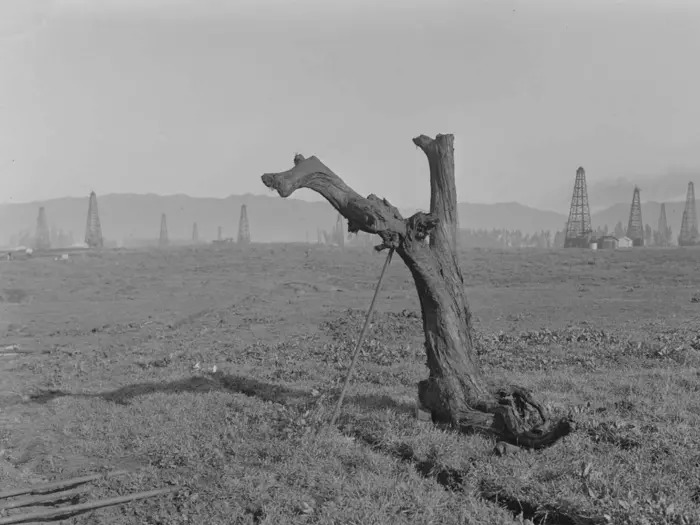China's Mysterious "Water Bridge" Spotted at Sea – And Taiwan is Watching Closely
- MM24 News Desk
- Oct 17
- 3 min read

A curious vessel is making waves in the South China Sea – literally. Video footage circulating on Chinese social media shows something that looks like an offshore oil rig decided to go for a sail. But this isn't drilling equipment. It's a military landing barge that defense analysts believe was designed with one specific scenario in mind: an amphibious assault on Taiwan.
The video, which appeared online Monday, captures the Dong Gong 401 cruising through unidentified waters with its road ramp and eight distinctive struts raised like mechanical spider legs. While nobody knows exactly when or where this footage was shot, mountains and other vessels visible in the background suggest the craft was operating close to shore – which is precisely what it's designed to do.
The name itself tells part of the story. "Dong" means east, while "gong" refers to engineering. This isn't subtle naming – the vessel belongs to the PLA's Eastern Theatre Command, the military unit directly responsible for operations involving Taiwan, which lies to China's east.
According to satellite imagery from October sixth, the Dong Gong 401 and its two sister vessels – the 402 and 403 – were docked at Yuhuan naval base in Zhejiang province. All three were likely commissioned earlier this year, representing a new capability in China's already formidable amphibious assault arsenal.
These aren't cookie-cutter copies either. The 401 sports eight legs, while its siblings have six and four respectively. Each vessel carries road ramps of varying lengths, suggesting they're designed to handle different operational scenarios and coastal conditions.
The PLA calls these vessels "shui qiao" – literally "water bridge" – and that description is remarkably accurate. Their primary mission? Creating instant, stable piers that allow heavy military vehicles and supplies to rapidly disembark from transport ships directly onto coastal roads or firm ground.
Here's how they work. Like offshore oil rigs, these landing barges can lower their legs to the seabed and jack the entire platform above the water surface. This creates a stable, non-floating structure that remains steady against waves, tides, and rough weather – critical when you're trying to offload seventy-ton tanks in combat conditions.
Once positioned and secured, they deploy extendable ramps reaching over two hundred meters – roughly the length of two football fields. Tanks and other heavy armored vehicles can then drive directly from transport ships across the water bridge to shore. Multiple barges can link together to create even longer spans if necessary.
For Taiwan specifically, these vessels solve a significant military challenge. The island has very few beaches suitable for large-scale amphibious landings, and those that exist are heavily fortified with defensive positions, obstacles, and prepared kill zones. Traditional landing craft would face devastating fire trying to reach these defended beaches.
The jack-up barges offer an alternative. They could allow invasion forces to bypass constrained ports or inadequate beachheads, creating artificial landing points at locations Taiwan might not have prioritized for defense.
But there's a massive caveat. These barges are large, slow, completely unarmed, and extraordinarily vulnerable. They're sitting ducks unless the attacking force has already achieved total air and sea superiority. Deploying them under contested conditions would be suicidal – they'd be destroyed long before completing their mission.
The first hints of these vessels emerged in twenty twenty-three when photographs showed one under construction at a Guangzhou shipyard in southern Guangdong province. Satellite imagery from January revealed two more partially completed vessels.
By March, all three barges appeared lined up end-to-end extending roughly one kilometer from a Zhanjiang beach – also in Guangdong – in what appeared to be testing or training exercises. Then in June, the vessels were photographed sporting their assigned hull numbers, the military equivalent of license plates indicating they'd officially entered PLA Navy service.
Beijing maintains that Taiwan is part of China and has never renounced using force to achieve reunification. Most countries, including the United States, don't officially recognize Taiwan as an independent state. However, Washington remains committed to opposing any forceful takeover and continues supplying defensive weapons to the island.
The appearance of these specialized landing barges represents another data point in assessing China's amphibious assault capabilities. Whether their emergence signals imminent action or simply represents long-term capability building remains anyone's guess.
What's certain is that Taiwan's defense planners are taking notes.
WATCH ALSO: https://www.modernmechanics24.com/post/nasa-rover-discovers-ancient-microbial-life-signature-mars



Comments